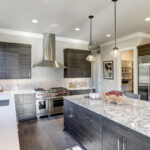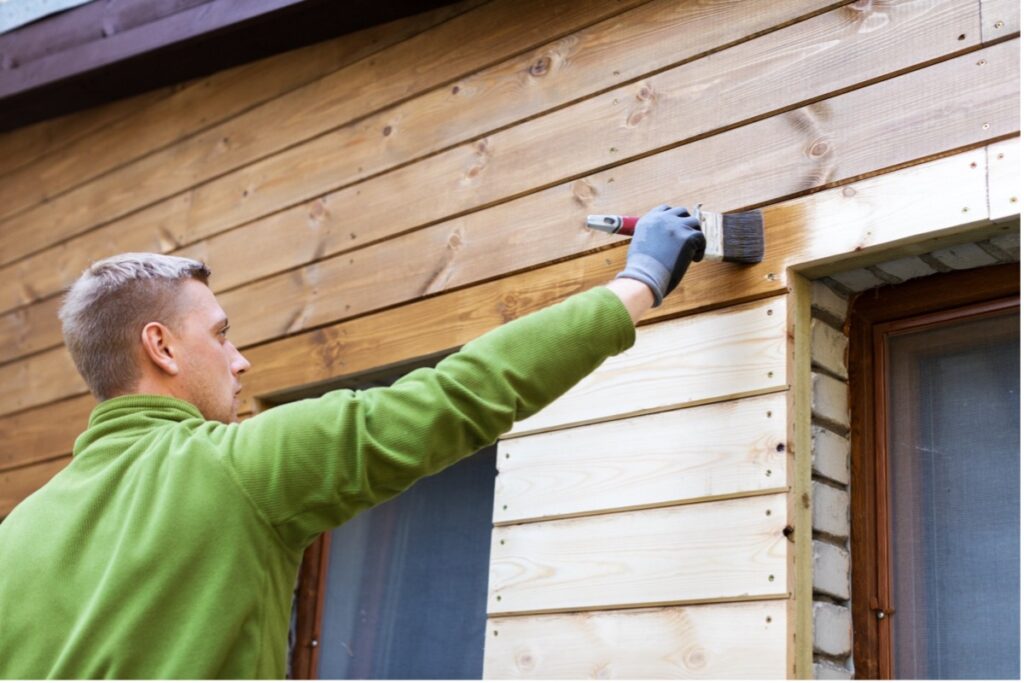Aluminium chequer plate is popular for a reason. It’s strong, lightweight, and resistant to corrosion. But with so many variations available, it can be easy to pick the wrong type if you’re not sure what to look for. Whether you’re using it for flooring, vehicle modifications, protective surfaces, or decorative features, choosing the right chequer plate matters. Here’s what you need to think about before making a decision.
Start With Thickness – It Really Matters
One of the first and most important factors to consider is the various thicknesses of chequer plate. This directly affects strength, weight, and how well the plate performs under pressure. Too thin, and it might bend or dent under weight. Too thick, and you’re paying extra for strength you may not need, and possibly adding unnecessary weight.
Typical thicknesses range from 1.5mm to over 6mm. Here’s how to match the thickness to your use:
- 1.5mm to 2mm – Ideal for decorative panels or light-duty wall cladding. Not suitable for walking on.
- 3mm to 4mm – A popular choice for van floors, toolboxes, and ramps. Offers a good balance of strength and manageability.
- 5mm to 6mm+ – Suitable for heavy-use flooring, industrial platforms, stair treads, and places where strong impact resistance is needed.
Make sure to consider both the load it needs to carry and how the plate will be supported underneath.
Understand the Pattern: Not Just for Looks
Chequer plate, also called tread plate or diamond plate, gets its name from the raised pattern on one side. These patterns help with grip, making them useful for anti-slip surfaces.
The pattern itself doesn’t significantly add structural strength, but it does improve traction. For most applications, the standard 5-bar pattern is more than enough. It offers a mix of good grip and visual appeal.
If you’re installing it somewhere that gets wet or oily, the raised pattern becomes more than just a design feature. It adds a bit of safety.
Alloy Grade – More Than Just Metal
Aluminium plates come in different alloy grades, each with slightly different properties. Some are softer and more flexible. Others are tougher and better suited to high-impact environments.
For everyday non-structural use, a general-purpose grade is usually enough. But for structural flooring or outdoor environments, look for a higher-strength grade that resists corrosion and wear.
Where Will It Be Used?
The environment makes a big difference when selecting a chequer plate. Think about the following:
- Indoors or dry locations – Most aluminium plates will do fine. Focus more on size, thickness, and whether it fits visually.
- Outdoors or marine environments – Corrosion resistance becomes more important. A more robust alloy or protective finish may be needed.
- Vehicles or trailers – You’ll want something lightweight but strong. Thickness and weight balance matter more than looks here.
Also, think about temperature. Aluminium expands and contracts slightly with heat, so if the plate is going in a place with extreme temperature swings, make sure it has room to move a little without warping or buckling.
Size and Sheet Dimensions
Chequer plate is usually sold in standard sheet sizes, but you can get it cut to size. Before you buy, double-check the area you want to cover. Overspending on excess material is common when sheet size isn’t properly planned.
If you’re covering a floor or wall, take into account whether joints or seams will be visible. You might prefer fewer larger sheets rather than many smaller ones. That helps avoid weak points and creates a cleaner look.
Installation – Can You Fit It Yourself?
Aluminium chequer plate is relatively easy to handle and cut, especially in thinner sizes. You can drill it, screw it down, or glue it depending on the surface and use.
But the thicker the sheet, the harder it gets to cut without the right tools. If you’re not confident working with metal, it may be better to have it pre-cut to your dimensions.
Also, think about what it’s going on top of. A plate that’s laid flat across a sturdy floor will perform differently than one that’s bridging a gap or sitting over uneven ground. Support underneath is just as important as the plate itself.
Don’t Ignore Weight
Even though aluminium is light compared to other metals, the weight can still add up, especially with thicker plates or large sheet sizes.
If weight is a key factor, like in a van build or trailer, it’s worth comparing weights per square metre between thicknesses. You might find that dropping down half a millimetre still gives you the strength you need without the extra load.
Cost Isn’t Everything – But It Does Count
Price often goes hand in hand with thickness, alloy grade, and finish. Thicker plates and high-strength alloys usually cost more. But buying the cheapest option can be risky if it doesn’t hold up to the job.
Instead of focusing only on the price per sheet, think in terms of long-term value. A stronger plate that lasts longer or performs better under stress is usually the better investment.
That said, if your use is mostly decorative or light-duty, there’s no need to overspend on industrial-grade metal.
Match Function to Form
To help narrow things down, here are some typical uses and what kind of plate usually fits best:
- Vehicle flooring – 3mm or 4.5mm thickness, lightweight but strong
- Stair treads – At least 5mm, especially for public or high-use areas
- Toolboxes or protective trims – Around 2.5mm to 3mm, depending on wear
- Garage or shed flooring – 4mm to 5mm, depends on what’s being stored or driven on
- Wall panelling or displays – 1.5mm to 2mm, purely for looks
Make the Right Match
Choosing the right aluminium chequer plate is about balance. Get the right thickness for the job, but don’t overbuild. Make sure the pattern suits your safety needs. Pick an alloy grade that fits the environment it’ll live in. And don’t forget to double-check the size, weight, and whether you can handle the installation yourself.
Once you’ve worked out these details, it becomes much easier to choose a plate that not only looks good but holds up to real use.



